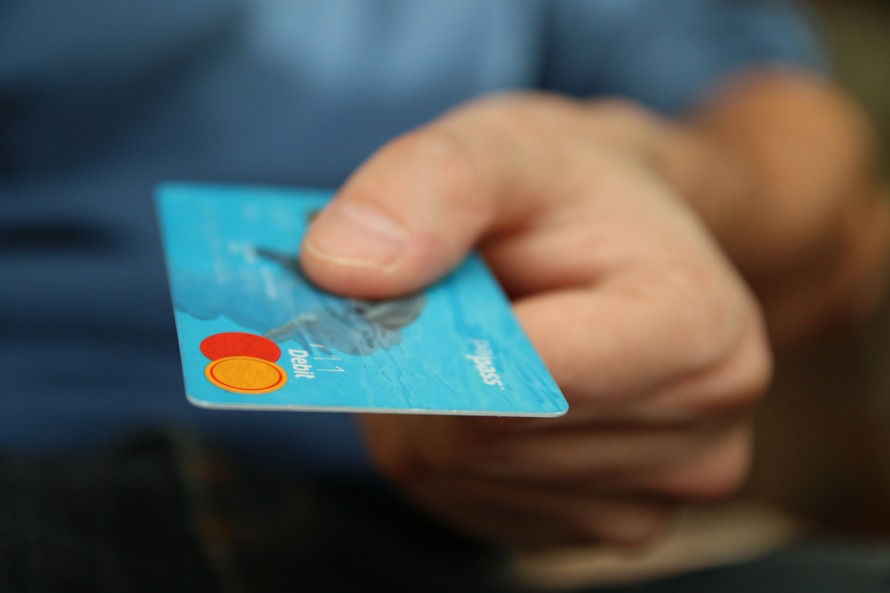Without increasing traffic or just selling more stuff to each customer, boosting your site’s conversion rate is the only way to make more money. Luckily enough, there are some really simple things you can do to add a few percentage points to your conversion rate, without having to overhaul your entire website. Small tweaks can make a big difference: here’s five things you can do right now.
Add Some Social Proof
Even without adding a new section to your website, you could still add some testimonials. Include some quotes in copy, or add a few large quotes to the bottom of your home page. Testimonials reinforce the reliability and quality of a product to a potential customer, and people will be more likely to buy if they know that others have had a good experience.
On the proof front, it might also be worth adding a star rating or quality score from an independent source, like Reevoo or Trustpilot.
Choose Better Images
The thing about stock photos being everywhere is that they’ve become invisible. Smiley business people with super white teeth on a plain background does not say ‘professional’, it says boring. Pictures of people and faces will certainly improve results, but consider commissioning some original photography. If you must use stock photos, delve deeper into the options available to you, and pick something unique.
Images don’t have to be of the exact thing you’re selling. Take this Investment Management company, who don’t have a single picture of money, stock exchanges or high-powered business people on their home page. Instead, they’ve opted for serene nature scenes and landscape photography. Does it suggest investment management? Not in isolation, no. But combined with the copy and headings, it helps suggest authority, peace, and heritage.
For e-commerce, images are vital. As well as the usual, Amazon style product image on a white background, consider showing the product in its natural habitat. A good example can be found at Toxic Fox, a specialist gift retailer. Some of their product imagery is of the standard, white background variety, but the vast majority show the product in a relevant environment, which helps customers visualise how something might be used in their own lives.
Understand ‘The Fold’
When a user first loads up the page, everything they can see without scrolling down is known as ‘above the fold’. Content in this section is going to get read first, remembered longer, and have more impact. It’s important not to bury anything important below the fold, especially calls-to-action and vital product features. It’s absolutely fine to include more details further down the page, but make sure you’re offering a compelling reason to scroll down. Content at the bottom of the page (if a user gets there) should attempt to close in some way, whether that’s a call to action or a succinct summary of your product or service. It’s also a really good place to include testimonials, too: the ‘here’s everything you need to know about our product, but don’t take our word for it, here’s what our customers think’ structure is tried and true.
Use Short, Simple, Pleasant Forms
Conversion is all about resistance. Specifically, increasing a conversion rate means reducing friction wherever possible. If you’re struggling to convince users to part with case straight away, get them to complete a smaller action first. Getting email addresses means a having a list of ‘warm’ leads — people who will be more receptive and so more likely to buy.
To get those emails, offer something of value in return for completing a simple form. ‘Get offers and news’ isn’t enough, and nobody will want to fill in a long form that asks for their mother’s maiden name and blood type. You could potentially have just one field: email address.
Try a New Call to Action
It’s tempting to add a button that says ‘Buy Now’ and be done with it. This might work for some people, and for certain products it will work very well. But ask yourself, is your call-to-action what you want the customer to do, or what you want your customer to want to do? It seems like a trivial difference, but it’s important. A customer will see right through you if you’ve barely sold the features and then asked them to buy. Even using ‘Order Now’ might be better, because instead of communicating your interest in the customer’s wallet, you’re communicating that you want to them to be sent something you think they’ll really enjoy — your product.
You could also try experimenting with the size, shape, and colour of your call-to-action button. Different styles and shapes will suggest different things. Try green to emphasise value, or orange to push harder without being aggressive. Of all the areas where small tweaks make a big difference, the CTA is one of the biggest.
Rebecca D'Souza is a freelance writer covering all aspects of business and technology.
























































































































































































